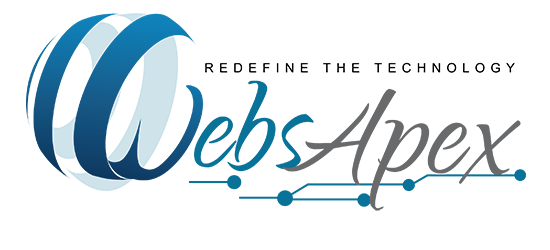Top 10 Website Design Trends for 2025
Website design is constantly evolving, and staying ahead of the curve is crucial for businesses to create a visually appealing and user-friendly online presence. As we move into 2025, several new trends are emerging that are set to shape the way websites are designed. Here are the top 10 website design trends to watch out for:
1. AI-Powered Design
In 2025, Artificial Intelligence will play a significant role in website design. AI tools will automate design tasks, provide personalized user experiences, and even create layouts based on user data and preferences. For example, AI can analyze user behavior and adjust the website’s design elements like color, typography, or content placement in real time.
Why it matters: AI can help designers create websites faster while ensuring personalized, data-driven experiences.
2. Minimalism with Purpose
While minimalism has been a trend for a while, in 2025, it’s going to be more intentional and functional. Websites will focus on clean, simple, and easy-to-navigate layouts, removing unnecessary elements that clutter the user experience. The goal will be to maximize the impact of each element, whether it’s typography, images, or space.
Why it matters: A minimalist approach ensures better user engagement, faster load times, and enhanced mobile usability.
3. Neumorphism (Soft UI)
Neumorphism is gaining traction as a design trend that combines skeuomorphism with flat design. It involves using soft shadows, gradients, and subtle depth effects to create a sense of realism and depth on digital interfaces. The trend creates interactive and tactile designs that mimic real-world objects, making websites feel more engaging.
Why it matters: Neumorphism creates visually attractive interfaces that feel interactive and dynamic.
4. 3D and Immersive Experiences
With advances in web technologies such as WebGL, 3D graphics and animations will become more common. Expect to see immersive web experiences that engage users with 3D visuals, animations, and interactive content. These elements can be used to create a more memorable user experience and convey complex ideas in a visually striking way.
Why it matters: 3D elements enhance user engagement, increase interaction, and make websites stand out.
5. Dark Mode Design
Dark mode has become a user preference for many, and in 2025, it will become even more ubiquitous. Websites will provide users with the option to switch between light and dark modes. The design of these websites will be optimized for readability and aesthetic appeal in both modes.
Why it matters: Dark mode reduces eye strain, saves battery life on OLED screens, and offers a sleek, modern aesthetic.
6. Voice Search and Voice UI Integration
With the rise of voice assistants like Siri, Alexa, and Google Assistant, voice search and voice interfaces will be an integral part of web design. Websites will need to optimize their content for voice queries, and interactive elements will be designed to support voice commands and queries.
Why it matters: Voice search optimization improves website accessibility, SEO, and user experience.
7. Custom Illustrations and Graphics
Generic stock images are becoming outdated, and brands are leaning towards using custom illustrations and graphics to create a unique and authentic online identity. These visuals will allow websites to stand out, communicate brand personality, and create a more engaging experience.
Why it matters: Custom visuals reflect the brand’s identity more effectively and create a stronger emotional connection with the audience.
8. Micro-Animations and Micro-Interactions
Micro-animations—small, subtle animations triggered by user interaction—will be increasingly common in 2025. These animations will provide visual feedback, guide user actions, or add charm and personality to the website. These could include button hover effects, scrolling animations, or page transitions.
Why it matters: Micro-animations engage users, improve usability, and provide intuitive feedback, enhancing the overall user experience.
9. Augmented Reality (AR) Integration
Augmented Reality (AR) is poised to revolutionize the web experience in 2025. Brands, especially in retail and real estate, will begin to incorporate AR into their websites to allow users to visualize products in real-world settings. For example, virtual try-ons or 360-degree property tours could become common on websites.
Why it matters: AR offers interactive and immersive experiences, increasing customer engagement and conversion rates.
10. Sustainability and Eco-Friendly Design
As environmental concerns rise, more websites will adopt eco-friendly design practices. This includes optimizing websites to be energy-efficient (lowering server energy consumption), using sustainable web hosting services, and incorporating natural, earthy tones and eco-conscious messaging into website designs.
Why it matters: Sustainable design practices appeal to environmentally-conscious consumers and promote ethical business practices.






Leave a Comment